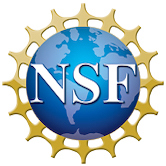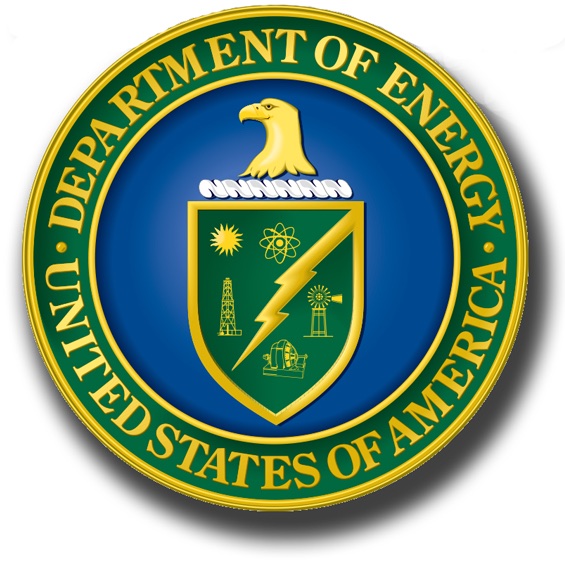Electron temperature gradient driven transport model for tokamak plasmas
T. Rafiq, C. Wilson, L. Luo, J. Weiland, E. Schuster, A. Y. Pankin, W. Guttenfelder, and S. Kaye
Physics of Plasmas 29, 092503 (2022
|
Abstract
|

|
A new model for electron temperature gradient (ETG) modes is developed
as a component of the multi-mode anomalous transport module [Rafiq et al.,
Phys Plasmas 20, 032506 (2013)] to predict a time-dependent electron
temperature profile in conventional and low aspect ratio tokamaks. This
model is based on two-fluid equations that govern the dynamics of low-frequency
short- and long-wavelength electromagnetic toroidal ETG driven drift modes.
A low collisionality NSTX discharge is used to scan the plasma parameter
dependence on the ETG real frequency, growth rate, and electron thermal
diffusivity. Electron thermal transport is discovered in the deep core
region where modes are more electromagnetic in nature. Several previously
reported gyrokinetic trends are reproduced, including the dependencies of
density gradients, magnetic shear, beta and gradient of beta, collisionality,
safety factor, and toroidicity, where b is the ratio of the plasma pressure
to the magnetic pressure. The electron heat diffusivity associated with
the ETG mode is discovered to be on a scale consistent with the experimental
diffusivity determined by power balance analysis.








